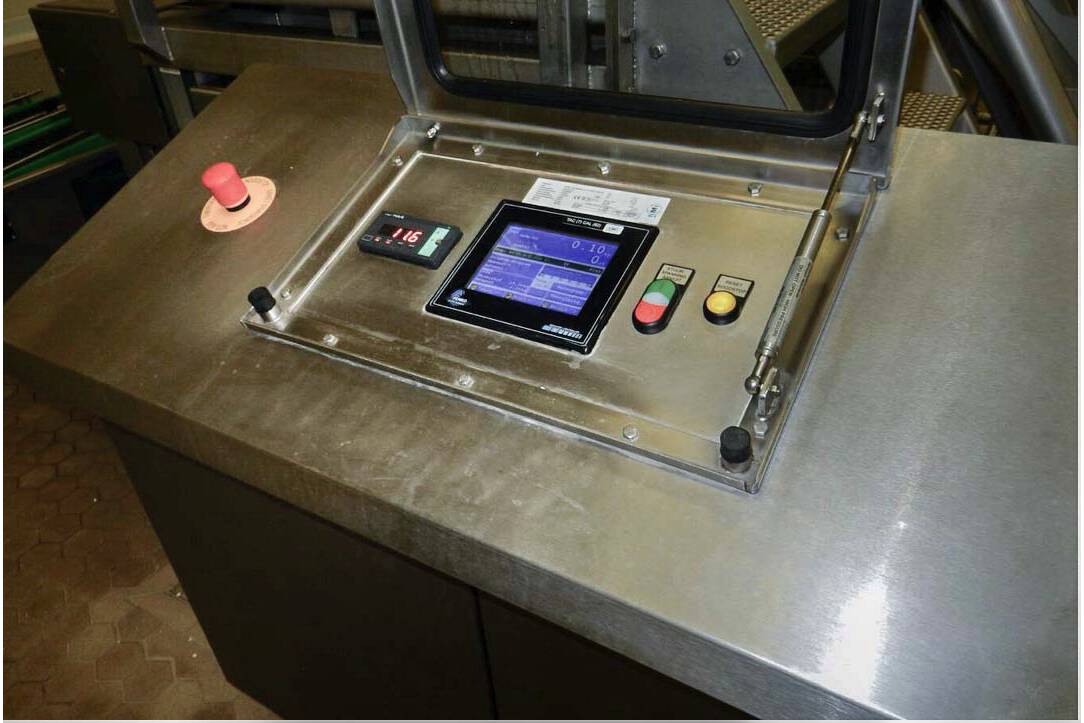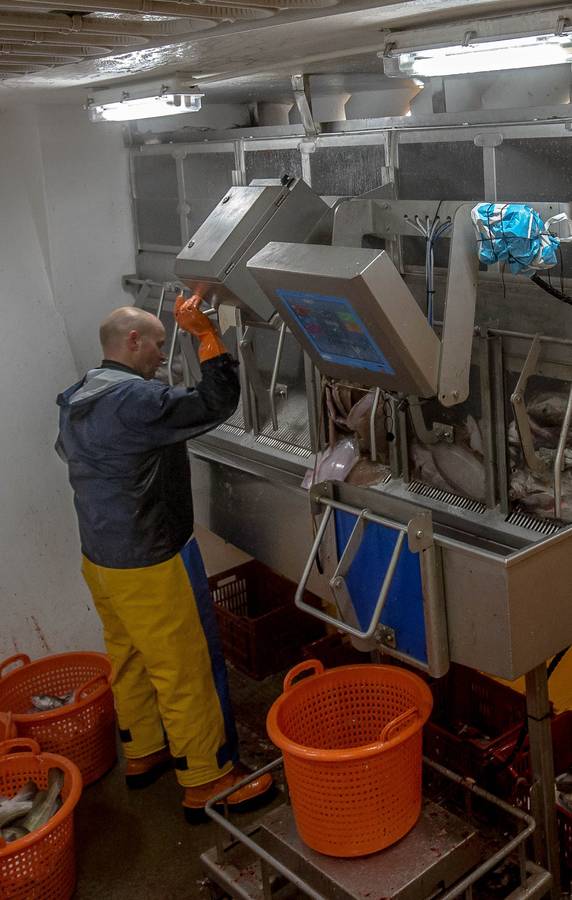Fresh food is more than a luxury, it’s a necessity for taste, shelf life, and reduced waste. The quicker produce or seafood can be weighed, graded, and packaged after harvest or catch, the fresher it arrives to consumers. Ideally, this process would happen immediately on the harvester or ship. But until recently, the challenge of accurate weighing on moving platforms made this difficult.
Why? The constant motion of ships and agricultural machines interferes with precision weighing. Movement across multiple axes (pitch, roll, and yaw) combined with variable gravitational forces and mechanical vibrations, results in massive measurement errors, sometimes exceeding ±44%. This instability makes accurate on-board weighing seem nearly impossible.
0.04% accuracy at sea
Enter Penko Engineering. By leveraging expertise in high-speed measurement with exceptional internal resolution, they developed a weighing system specifically designed for extreme dynamic conditions. The result: a system accurate enough for trade use on seagoing vessels, achieving class III certification with 0.04% accuracy, an industry first. This breakthrough came through collaboration with AFAK.
The weighing equipment overcomes dynamic challenges through smart design and real-time compensation, adapting to fluctuations in gravity, movement, and vibrations. Notably, it can be powered by battery and use wireless data transfer to avoid the complications of cabling at sea.
Real-World Applications
- Grading by Weight – The goal is to weigh each item (fish, fruit, or otherwise) on the move and sort it accordingly for processing or packaging.
- Weighing the Catch – By weighing the net as it comes aboard, crews immediately know what they’ve caught. This allows for real-time decisions on handling and ensures fish farms or fishing vessels operate more efficiently.
- Portioning – Before freezing, fish is divided into exact portions to match customer orders. This minimizes overfilling, reduces energy consumption in freezing, and eliminates the need for additional onshore processing.
Proven Technology
This technology has already proven itself at sea, despite the significant design challenges. Load cells meant for static use were re-engineered for dynamic environments, and the innovations were patented. The next frontier? Bringing this same precision to mobile harvesters on land. Whatever comes next, the goal is clear: fresher food, delivered faster from net or field to plate.




